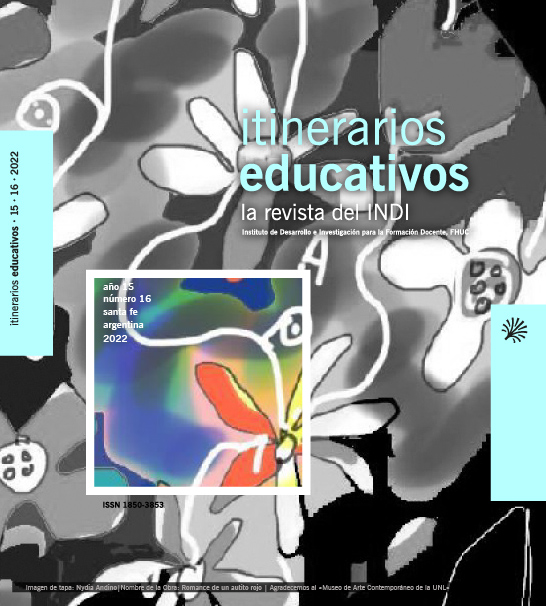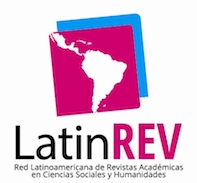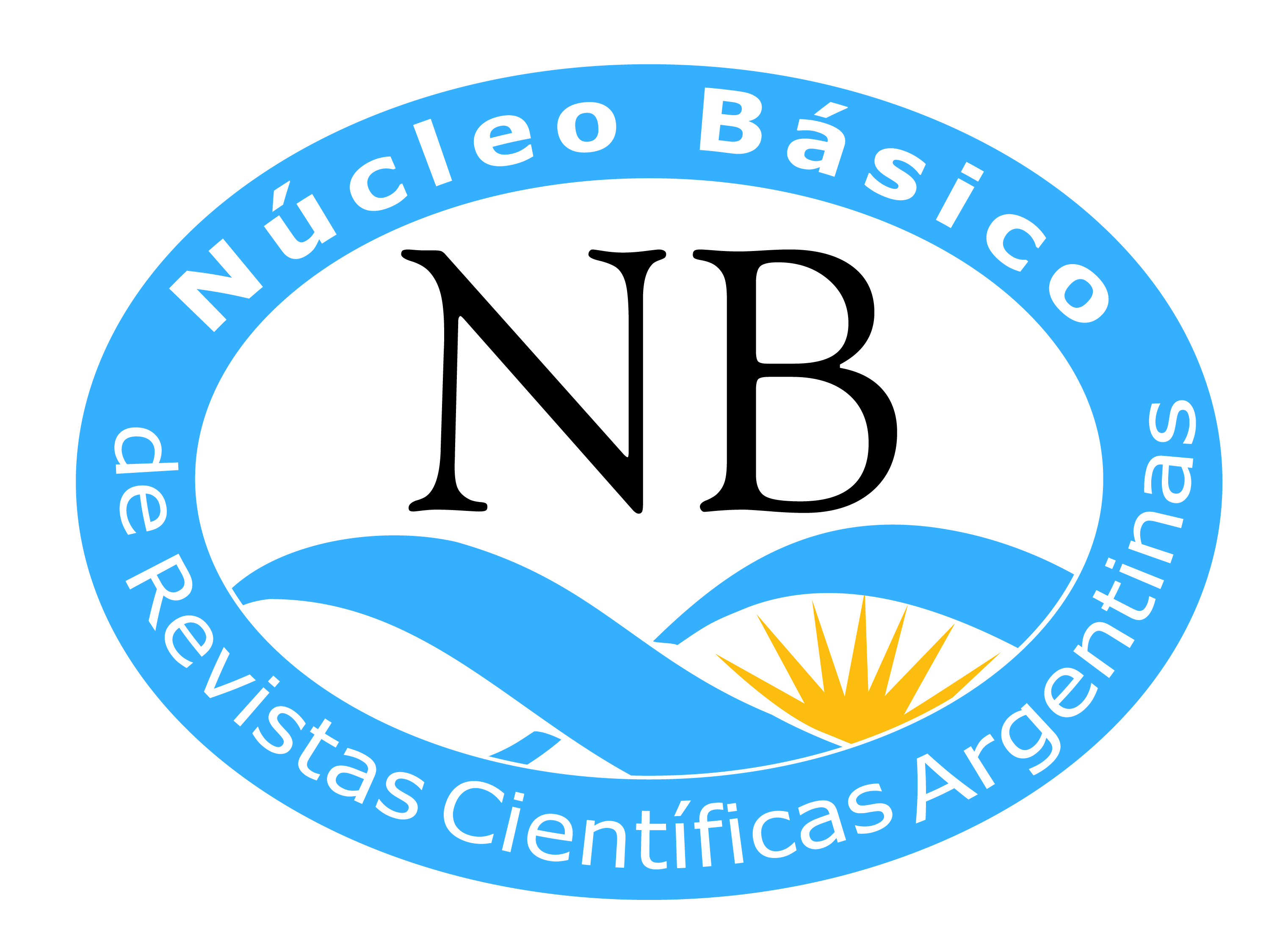An approach to professional skills in nursing training programs through a didactic proposal
DOI:
https://doi.org/10.14409/ie.2022.16.e0028Keywords:
competences, nursing, innovative teaching methodology, didactic sequenceAbstract
The introduction of technologies brought about transformations that made educators promote and produce changes in teaching and learning models for the various knowledge production scenarios.
It becomes necessary to go further in the development of competences and skills to integrate them into the training of professional nurses by reorienting, modifying, and implementing innovative teaching methodologies. A didactic, real, and caring–focused integration of knowledge is needed to face cognitive, practical, and technological demands in work and social environments.
The present research was conducted in the framework of a Final Project for the specialization degree in University Teaching. It proposes an integrative and didactic approach to teaching and learning practices for training students attending the program for the Bachelor’s Degree in Professional Nursing. It seeks to improve the quality of professional practices in health services without overlooking the discipline’s conceptions of to know, to know how, and to know how to be.
References
Anijovich, R. (2010). Estrategias de enseñanza: otra mirada al quehacer en el aula /. Rebeca Anijovich y Silvia Mora, Silvina Gvirtz (dir.).
Araya-Ramírez, J. (2014). El uso de la secuencia didáctica en la Educación Superior. Revista Educación, 38(1),69–84.
Cabal E., V.E. (2016). Enfermería como disciplina. Revista Colombiana De Enfermería, 6, 73–81. https://doi.org/10.18270/rce.v6i6.1436
Coicaud, S. (2014). La innovación en la educación a distancia. 1a edición. Homenaje a Edith Litwin (pp.114–123) Buenos Aires: Eudeba.
Díaz Barriga, Á. (2013). Secuencias de aprendizaje. ¿Un problema del enfoque de competencias o un reencuentro con perspectivas didácticas? Profesorado. Revista de Currículum y Formación de Profesorado, 17 (3), 11–33.
Kolb, D. (2014). Experiential Learning: Experience as the Source of Learning and Development. Estados Unidos: Pearson Education.
Maggio, M. (2018). La trama epistemológica de una investigación planteada en la articulación entre la tecnología educativa y la didáctica. Revista de Educación, Año IX N° especial 14.2, 95–113.
Morin, E. (2000). Los siete saberes necesarios para la educación del futuro. Ministerio de Educación Nacional. Bogotá.
Perkins, D. (2010). El aprendizaje pleno. Principios de la enseñanza para transformar la educación. 1ª ed. Buenos Aires: Paidós.
Perrenoud, P. (2008). Construir las competencias, ¿es darle la espalda a los saberes? Revista de docencia universitaria, 6(2).
Rizo Amézquita, J.N. (2016). Herramientas para contribuir a la Seguridad del Paciente. Meta 2: Mejorar la Comunicación Efectiva, Boletín CONAMED OPS, 5, 10–14.
Tobón, S. (2013). Formación integral y competencias. Pensamiento complejo, currículo, didáctica y evaluación. 4ta. ed. Bogotá: ECOE.
Tobón, S.T.; Prieto, J.H.P.; Fraile, J.A.G. (2010). Secuencias didácticas: aprendizaje y evaluación de competencias. Vol. 1, p. 216. México: Pearson educación.
Downloads
Published
How to Cite
Issue
Section
License
Those authors who have publications with this magazine, accept the following terms:
The authors will retain their copyright and guarantee the journal the right of first publication of their work,
which will be simultaneously subject to the Creative Commons Recognition License that allows third parties to share
the work whenever its author and first publication this magazine.
Authors may adopt other non-exclusive licensing agreements for the distribution of the published work (eg, deposit
it in an institutional telematic file or publish it in a monographic volume) whenever the initial publication in this
journal is indicated.
Authors are allowed and advised to disseminate their work through the Internet (eg, in institutional telematic files
or on their website) before and during the submission process, which can produce interesting exchanges and increase
citations of the published work. (See The effect of open access).
















